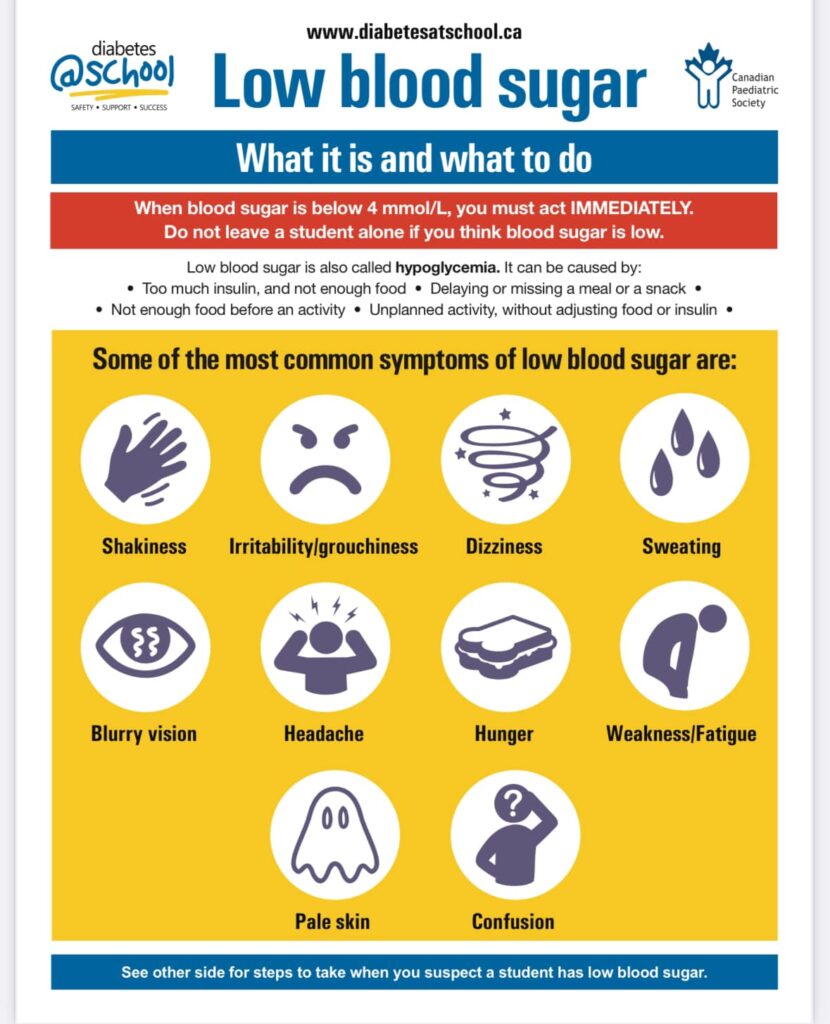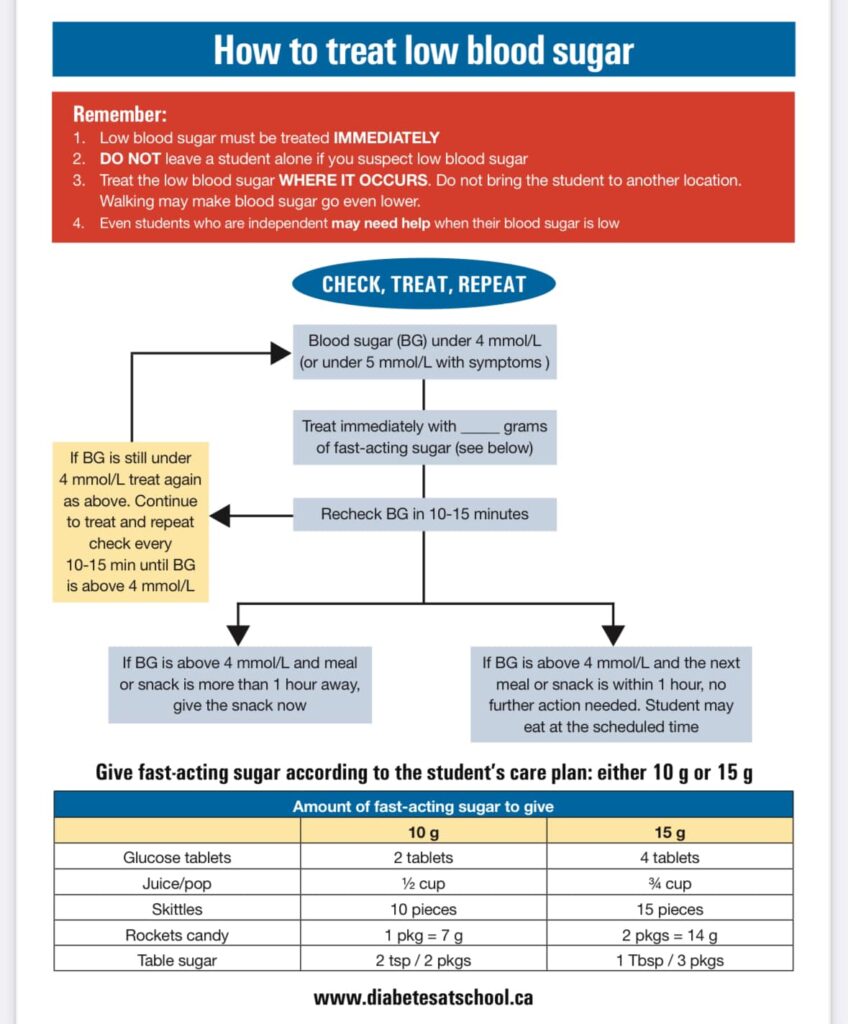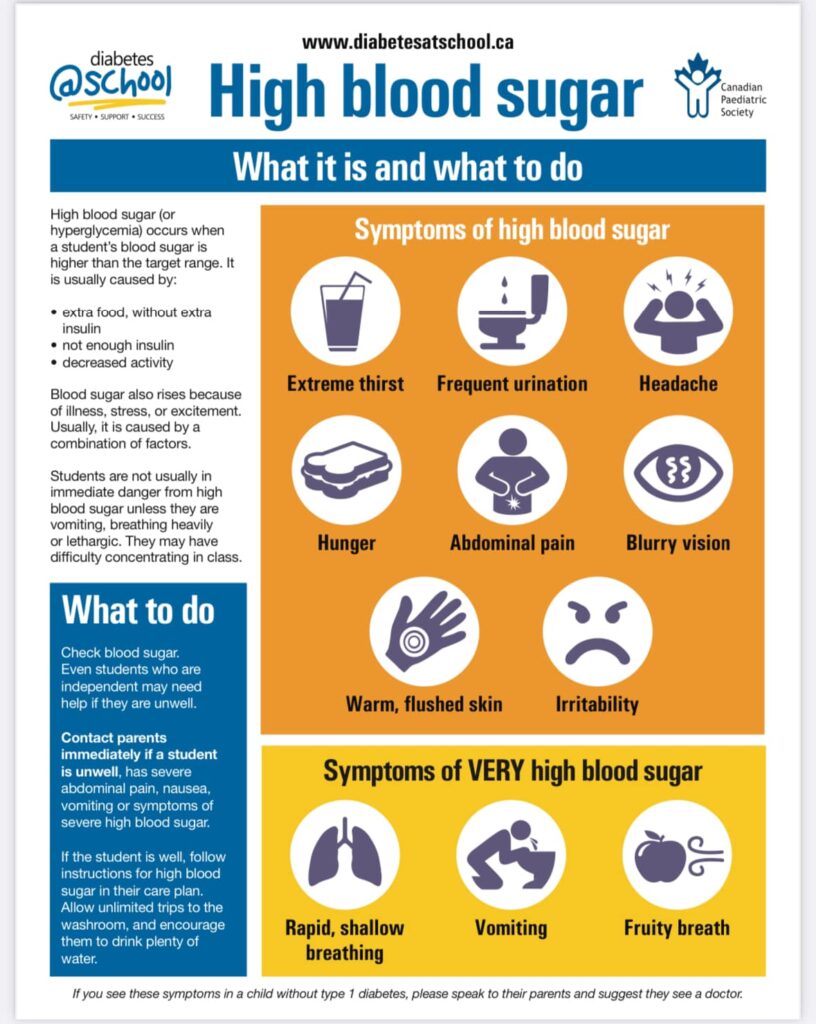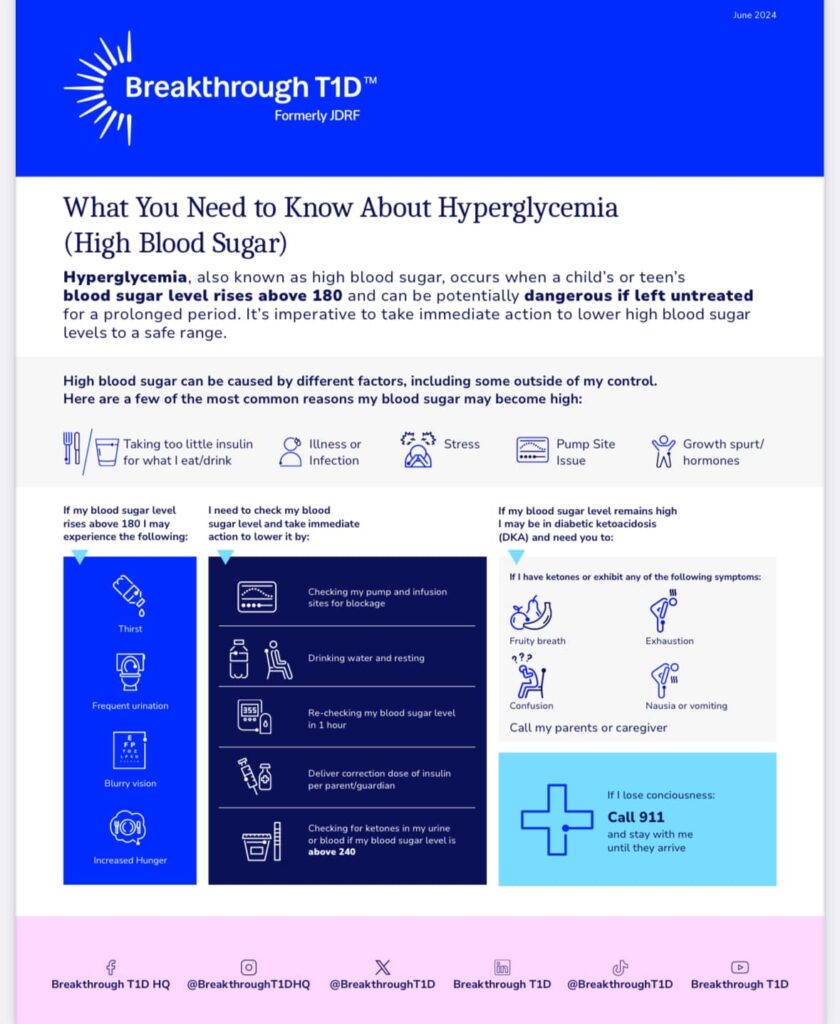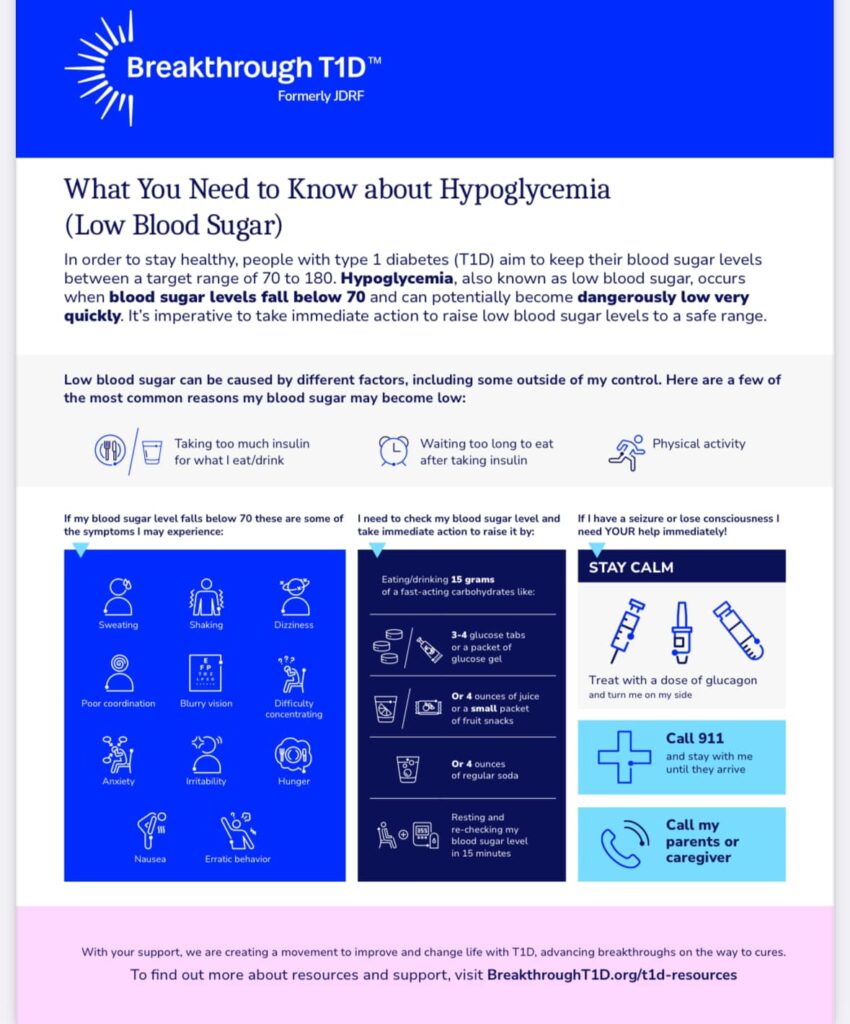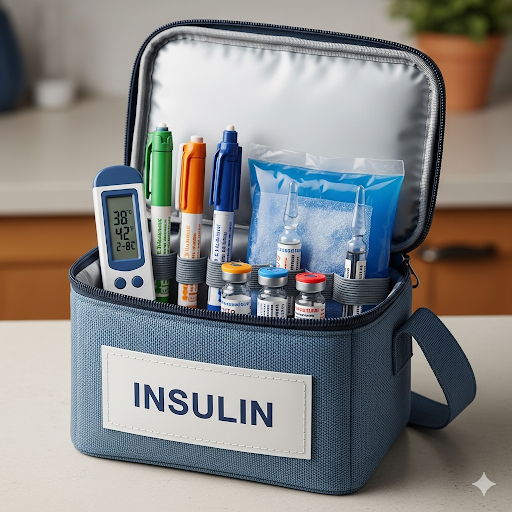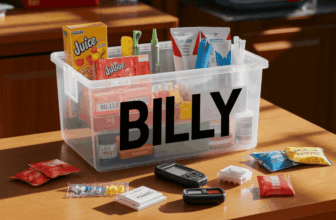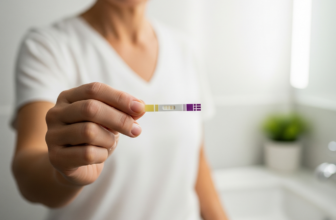Managing diabetes in children, especially at school or during activities, can be challenging but is crucial for their safety and well-being. Recognizing the symptoms of high and low blood sugar levels and knowing how to respond appropriately is essential for caregivers, teachers, and anyone who spends time with diabetic children.

High Blood Sugar (Hyperglycemia)
High blood sugar, or hyperglycemia, occurs when glucose levels in the blood are too high. This can happen due to various reasons such as excess food intake without corresponding insulin, insufficient insulin dosages, or decreased activity. Other contributing factors can include stress, illness, or a combination of these factors.
Symptoms of high blood sugar include:
- Extreme thirst
- Frequent urination
- Headache
- Hunger
- Abdominal pain
- Blurry vision
- Warm, flushed skin
- Irritability
In severe cases, symptoms may also include rapid, shallow breathing, vomiting, and a fruity smell to the breath.
What to Do:
- Check blood sugar levels: Even independent children may need help if they feel unwell.
- Contact parents or guardians immediately if severe symptoms like abdominal pain or vomiting occur.
- Follow the child’s care plan for high blood sugar, which may include administering insulin as prescribed.
Low Blood Sugar (Hypoglycemia)
Low blood sugar, or hypoglycemia, is a condition where glucose levels drop below the normal range and must be addressed immediately to prevent serious health risks. Hypoglycemia can occur from too much insulin, not eating enough food, delaying or missing a meal, or unexpected physical activity.
Symptoms of low blood sugar include:
- Shakiness
- Irritability or grouchiness
- Dizziness
- Sweating
- Blurry vision
- Headache
- Hunger
- Weakness or fatigue
- Pale skin
- Confusion
How to Treat Low Blood Sugar:
- Check the blood sugar level if it’s suspected to be low.
- Give fast-acting sugars according to the child’s care plan. Options include glucose tablets, juice, or candy like Skittles.
- Recheck the blood sugar after 10-15 minutes, and repeat the treatment if it remains below 4 mmol/L.
- Continue monitoring and treating until the blood sugar stabilizes.
Conclusion
These guidelines are vital for ensuring that children with diabetes can lead active, healthy lives without disruption. For more detailed information, resources, and customizable sheets for specific needs, visit Diabetes at School. This website provides extensive resources to aid caregivers and educators in managing diabetes effectively in educational settings.
Sharing accurate information like this not only promotes safety but also fosters an inclusive and supportive environment for children with diabetes wherever they are.
Downloads:
